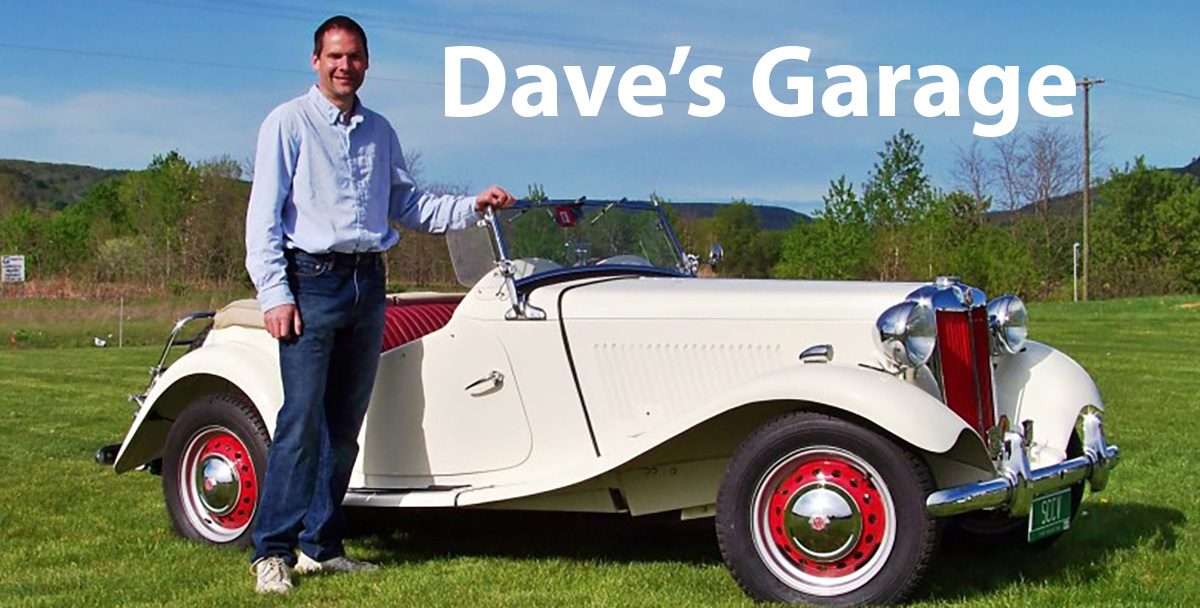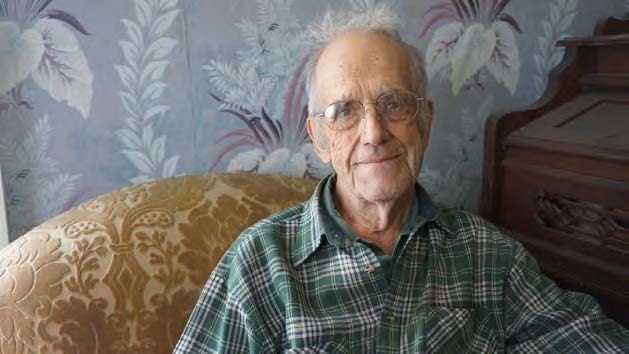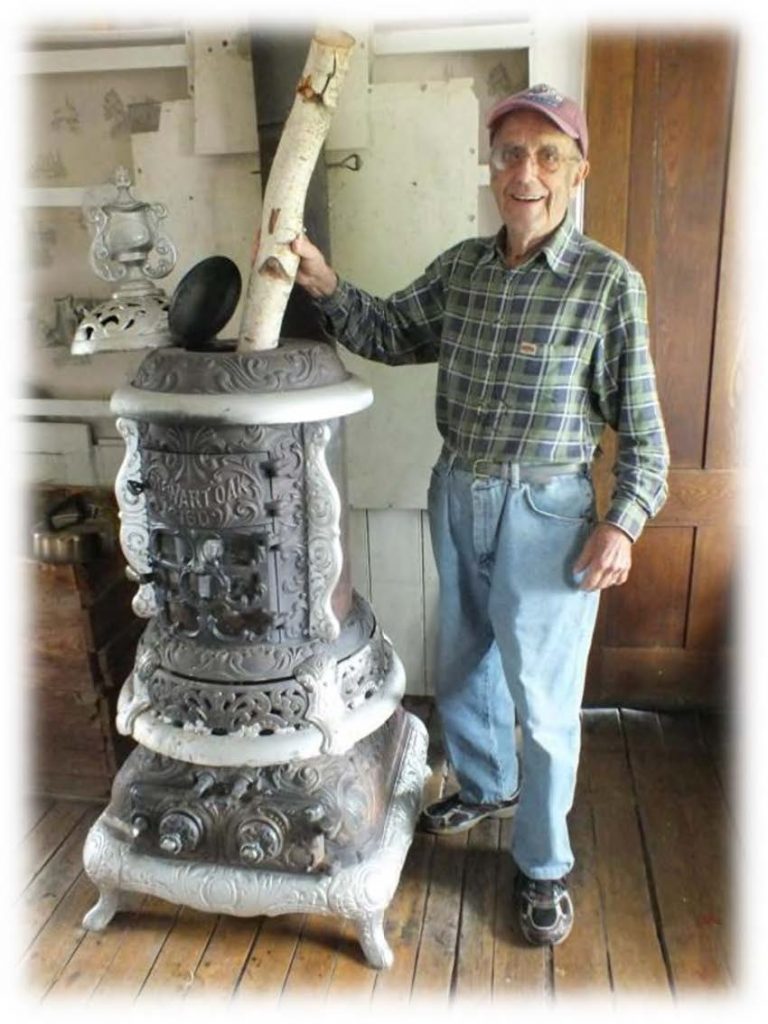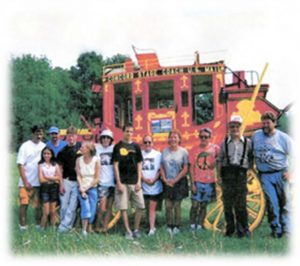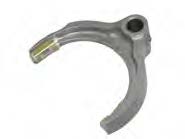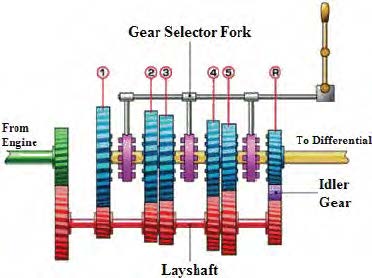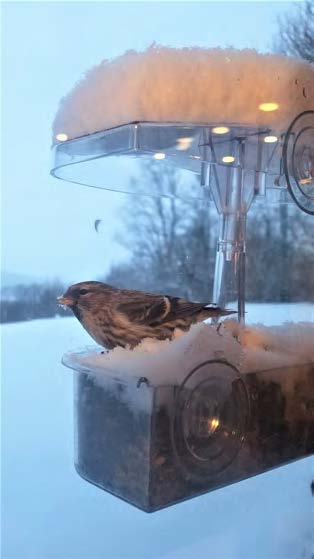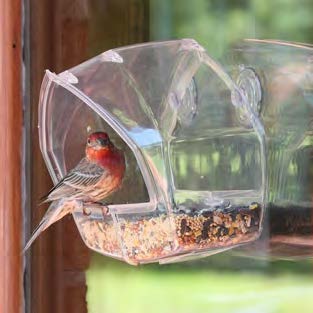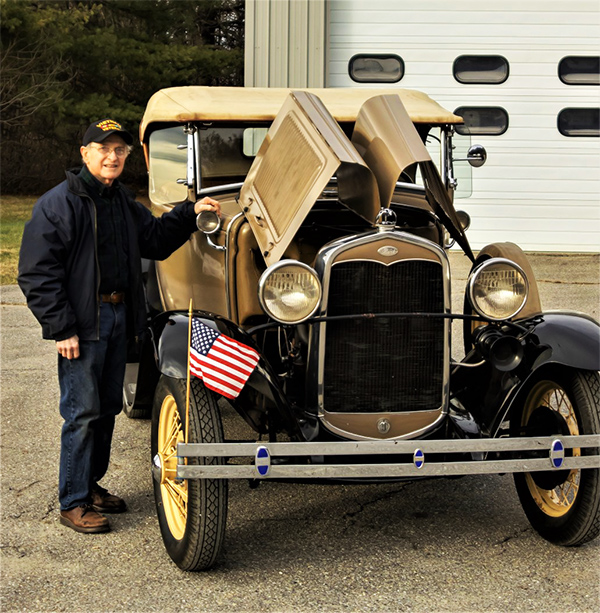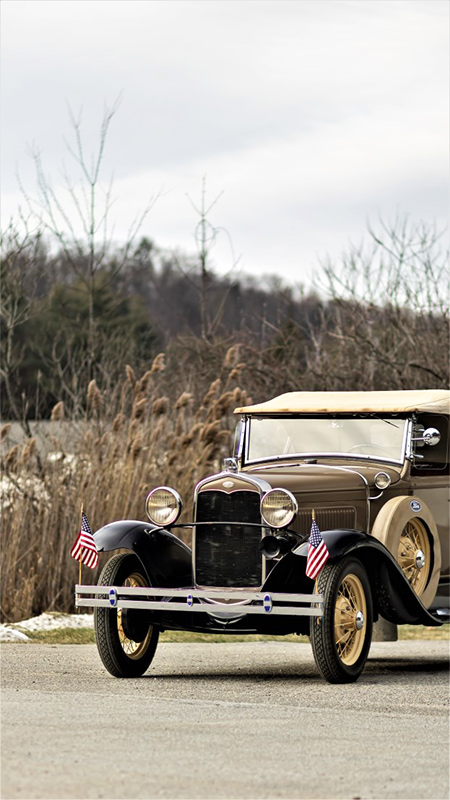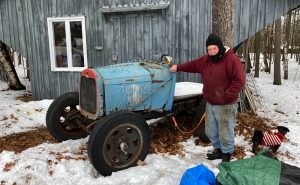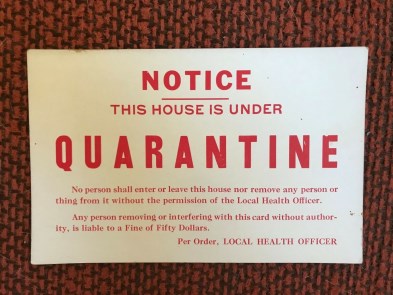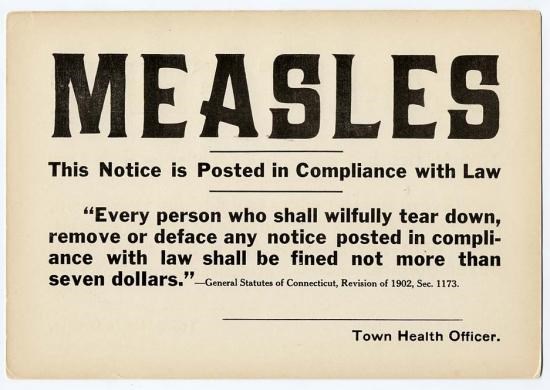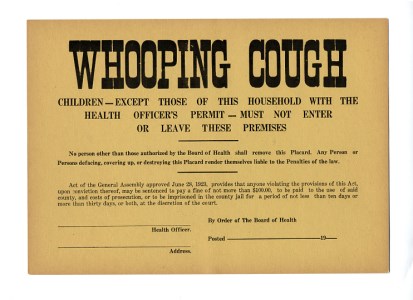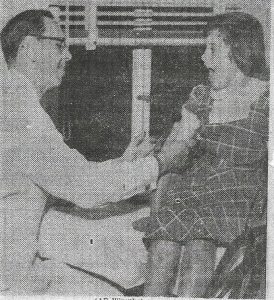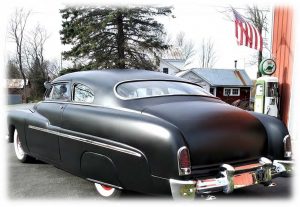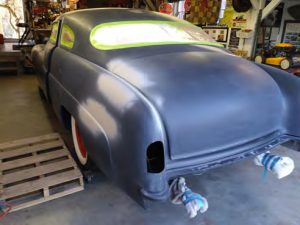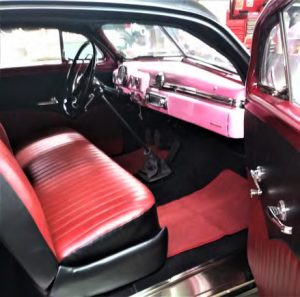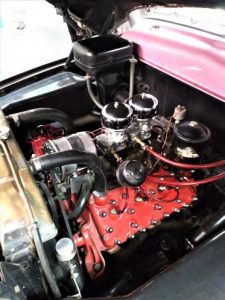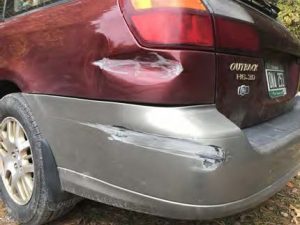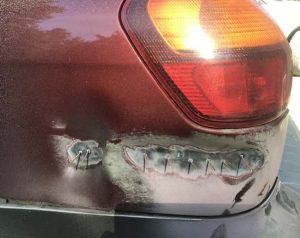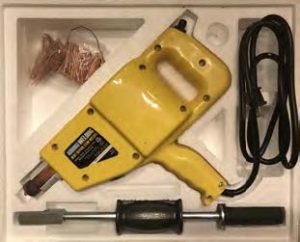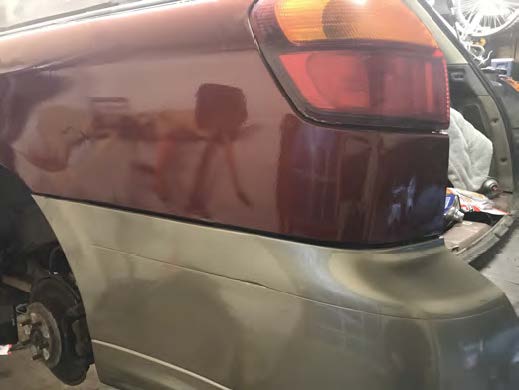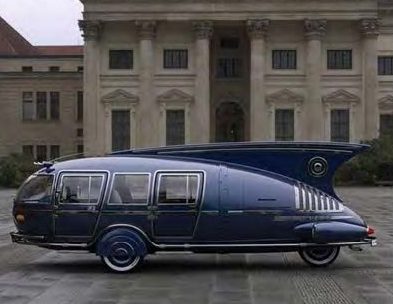
From Dave’s guest this month, Don Tenerowicz
The Dymaxion car was designed by American inventor Buckminster Fuller during the Great Depression and featured prominently at Chicago’s 1933/1934 World’s Fair. Fuller built three experimental prototypes with naval architect Starling Burgess – using donated money, as well as a family inheritance. This was the ground-taxiing phase of a vehicle that might one day be designed to fly, land and drive.
The Dymaxion’s aerodynamic bodywork was designed for increased fuel efficiency and top speed Its platform featured a lightweight hinged chassis, rear-mounted V8 engine, front-wheel drive, and three wheels. With steering via its third wheel at the rear (capable of 90° steering lock), the vehicle could steer itself in a tight circle, often causing a sensation.
Fuller noted severe limitations in its handling, especially at high speed or in high wind, due to its rear-wheel steering (highly unsuitable for anything but low speeds) The limited understanding of the effects of lift and turbulence on automobile bodies in that era, allowing only trained staff to drive the car. Shortly after its launch, a prototype crashed after being hit by another car, killing the Dymaxion’s driver. Subsequent investigations exonerated the prototype.
Despite courting publicity and the interest of auto manufacturers, Fuller used his inheritance to finish the second and third prototypes, selling all three, and dissolving Dymaxion Corporation. One of the three original prototypes survives, and two semi-faithful replicas have recently been constructed.
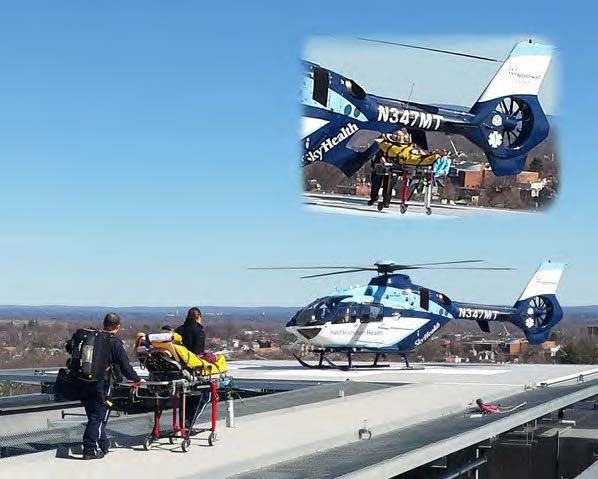
Editor’s note….. Don Tenerowicz also sends Wheel Tracks the “Trivia Column” each month that appears on page 14. He recently sent this short message along with the photo to the right…..
“I am enjoying life after successful heart surgery. (I was) Transported by Sky Health from St Francis Hospital in Hartford CT to North Shore University Hospital in Manhasset, LI, NY.”
It has been a little while since he had his helicopter ride. He is doing fine today, like he says, he enjoys life a bit more now. It’s a heck of a way of getting a ride on this big beautiful flying machine!!










